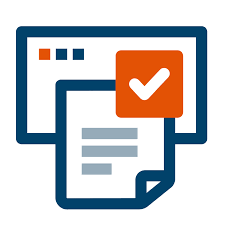Document Versioning FAQs
- Claude Schott

- Mar 19, 2024
- 2 min read

The great thing about the evolution and maturing of the Laserfiche Product line is that we are consistently awarded new features and functionality. The less great thing is that there is SO much to write about that we inadvertently miss a few things. Hence, we created an FAQ about versioning, a less-featured collaboration functionality that, like many features in Laserfiche, is useful.
What is document versioning?
Document versioning is a system that tracks, manages, and organizes the different versions of a document as it changes over time. This includes recording changes, edits, and updates and allowing users to access and revert to older versions. Versioning is essential to document management and can help streamline workflows and ensure accuracy.
What is the fundamental functionality (most important aspect) of document versioning?
One fundamental aspect of document versioning is tracking changes and tracking the creation of multiple document versions, for example, by numbering file versions in succession. Along with tracking changes, there is the issue of file integrity or determining whether changes have been made to files.
What is the most significant benefit of versioning?
It helps maintain a clear audit trail of document changes, enhances collaboration, and minimizes the risk of errors or conflicts when multiple individuals work on the same document, making it an essential tool for all organizations.
Document version control is a best practice that helps with document management by preventing losing, overwriting, or conflicting with your work or the work of others. Here are some best practices for document versioning:
Define naming conventions: Make sure everyone knows which version is the latest
Draw a clear line between versions: Know when to stop giving feedback
Collect feedback and collaborate in one place: Avoid version duplication
Make it easy for reviewers to compare versions: See what's changed
Archive and delete versions: Save space and protect sensitive information
Create and follow a retention policy: Know how long to keep versions, where to store them, and who can access them
Monitor changes from team members: See who made changes to the document and when
Track changes: Track and trace the changes made to a particular document, when those changes were implemented, and who implemented them
Implement access controls: Protect your organization's content from unauthorized access
Automate and accelerate business processes: Save time and work for your personnel
Make the intended purpose of the document clear



Comments